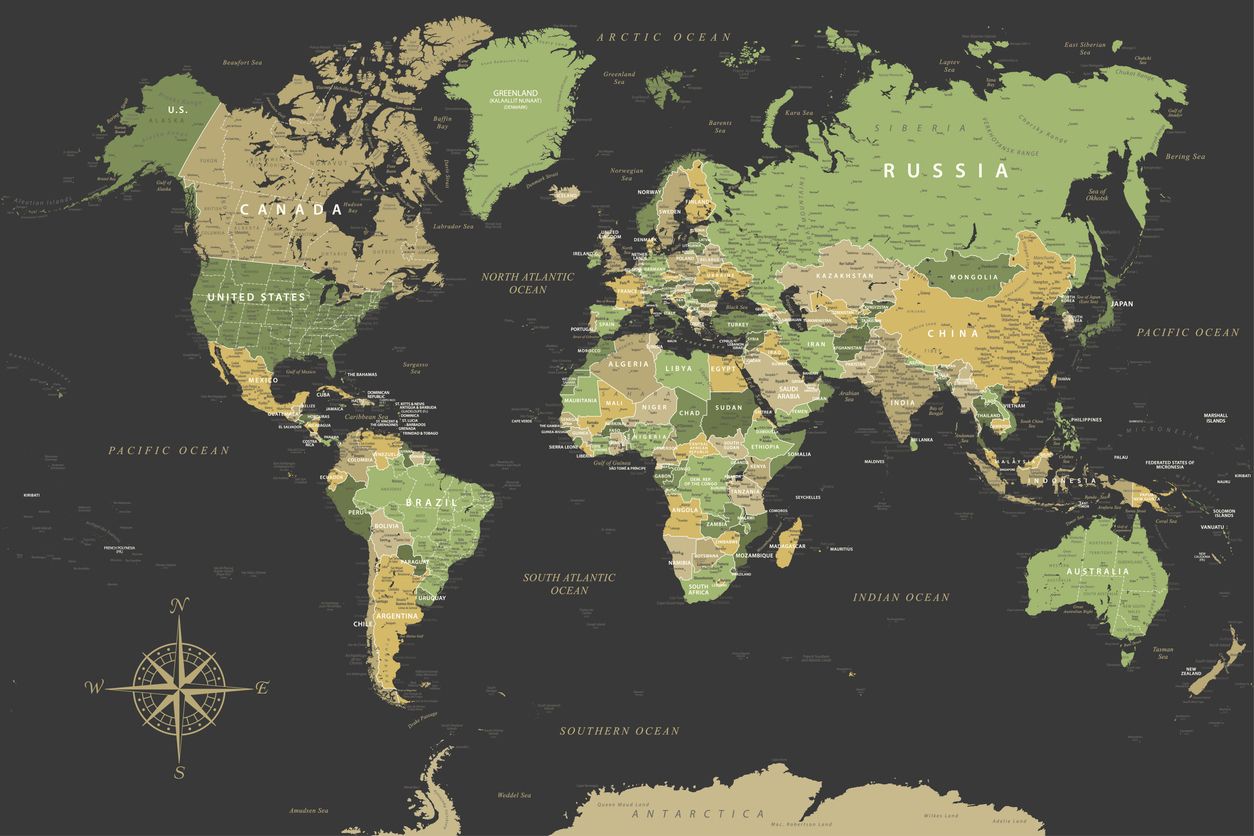
 Priyesh Ghamandi
Priyesh Ghamandi
In an increasingly competitive market, traditional pricing methods may fall short of optimizing revenue and meeting customer expectations. Data-driven pricing strategies allow businesses to leverage real-time insights and analytics to make informed pricing decisions that maximize profitability, enhance customer satisfaction, and improve competitiveness. Let’s explore what data-driven pricing is, why it matters, and how it can revolutionize your business.
Data-driven pricing is an approach that uses data analytics and insights to set prices based on real-time market trends, customer behavior, and competitive dynamics. Unlike static pricing, data-driven pricing allows businesses to adjust prices dynamically, responding to changes in demand, competitor pricing, and other relevant factors. By analyzing data, businesses can fine-tune their pricing strategies, achieving a balance between maximizing revenue and providing value to customers.
In today’s data-rich environment, customers have access to countless options and information. A static or "one-size-fits-all" pricing model can lead to lost sales and missed opportunities. Data-driven pricing, on the other hand, empowers businesses to:
Data-driven pricing strategies rely on a few critical components that make it effective:
Market data provides a snapshot of the broader industry, helping businesses understand competitor pricing, seasonal demand, and market trends. By analyzing this data, companies can set competitive prices that attract customers without sacrificing margins.
Understanding how customers behave in response to different prices is crucial. By examining data on customer purchase history, demographics, and preferences, businesses can identify price sensitivity and create targeted pricing strategies for different customer segments.
Dynamic pricing models allow businesses to adjust prices in real-time based on data inputs, such as demand levels, inventory status, and competitor prices. This approach is especially valuable for industries with frequent price fluctuations, like e-commerce and travel.
Predictive analytics uses historical data to forecast future pricing trends. By anticipating demand and understanding which factors influence pricing, businesses can make proactive adjustments, ensuring they remain competitive and profitable.
When implemented effectively, data-driven pricing has a transformative impact on business outcomes. Here’s how:
Dynamic, data-informed pricing allows businesses to capitalize on high-demand periods by setting optimal prices. This approach also helps capture additional revenue during peak times, maximizing overall profitability.
Customers are more likely to feel satisfied when they perceive pricing as fair and aligned with their needs. Data-driven pricing allows businesses to offer tailored discounts, loyalty rewards, and pricing tiers based on customer preferences, fostering long-term loyalty.
By analyzing customer behavior, businesses can identify segments that are less price-sensitive and adjust pricing accordingly. This allows companies to focus on value over price, helping reduce the risk of losing customers to lower-cost competitors.
If you’re ready to embrace data-driven pricing, here are some steps to help you get started:
Collect data on customer behavior, competitor prices, and market trends. Use this data to identify patterns, customer preferences, and price sensitivity across different segments.
Set clear objectives for your pricing strategy, such as increasing revenue, improving customer satisfaction, or gaining a competitive advantage. These goals will guide your approach to data-driven pricing.
Select a pricing model that aligns with your business objectives. Options include dynamic pricing, personalized pricing, and subscription-based models. Each model has unique benefits, so choose one that best suits your industry and customer base.
Use pricing software or analytics tools to implement your strategy. Continuously monitor performance and make adjustments based on real-time data to ensure your strategy remains effective.
Data-driven pricing is an ongoing process. Regularly test different price points, track results, and optimize your approach based on customer feedback and market changes.
An e-commerce company selling consumer electronics wanted to optimize pricing to increase revenue without alienating price-sensitive customers. By adopting a data-driven pricing strategy, the brand analyzed competitor prices, seasonal demand, and customer behavior to identify the best price points.
After implementing dynamic pricing, the company saw a 20% increase in revenue and a notable improvement in customer satisfaction. Customers appreciated the competitive prices during off-peak periods, and the brand was able to capture higher revenue during peak times.
Data-driven pricing is a valuable strategy for any business that wants to stay competitive, maximize revenue, and adapt to market changes. It’s especially effective for industries with fluctuating demand, such as e-commerce, SaaS, travel, and retail.
In today’s fast-paced marketplace, agility is key. Data-driven pricing enables businesses to respond quickly to customer needs, competitor movements, and market changes, all while maximizing profitability. By using data to guide pricing decisions, businesses can not only boost revenue but also foster customer loyalty and gain a competitive edge. Embracing data-driven pricing is no longer just an option—it’s a necessity for businesses that want to thrive in the digital era.
Unlock the power of location-based pricing and grow your global reach.
Learn how to grow your business with our expert advice.

 Priyesh Ghamandi
Priyesh Ghamandi
 Shweta Rathod
Shweta Rathod
 Priyesh Ghamandi
Priyesh Ghamandi